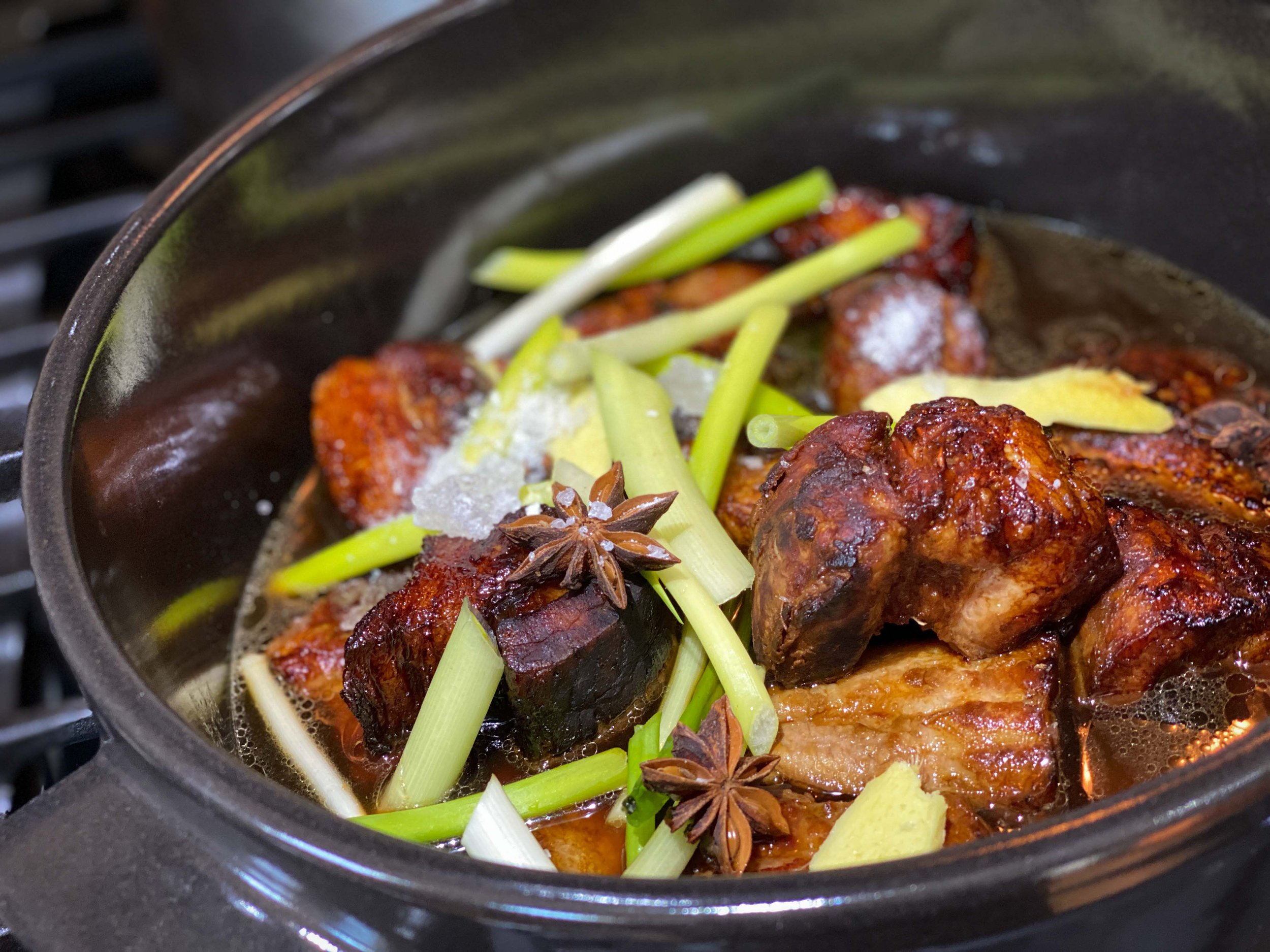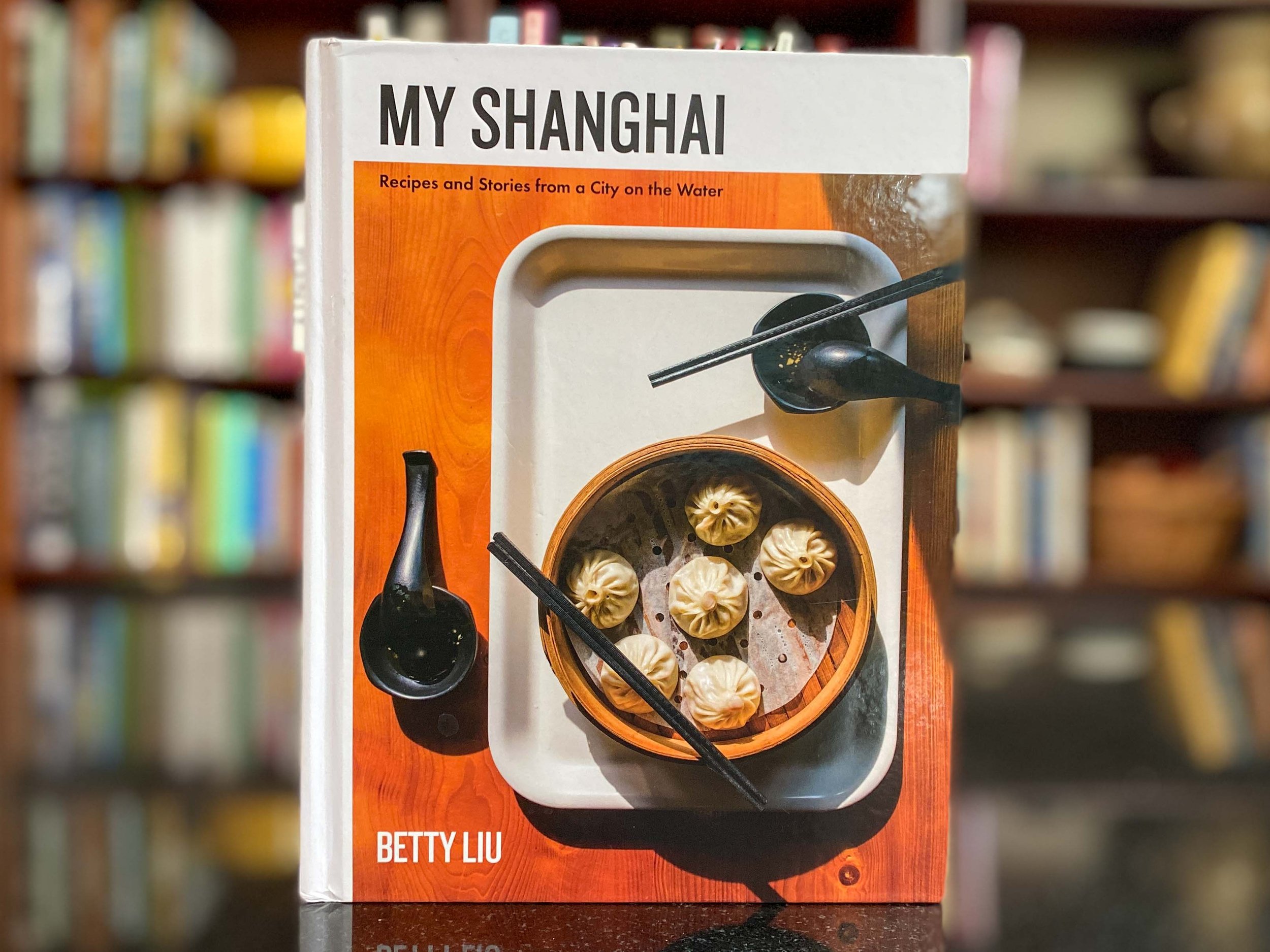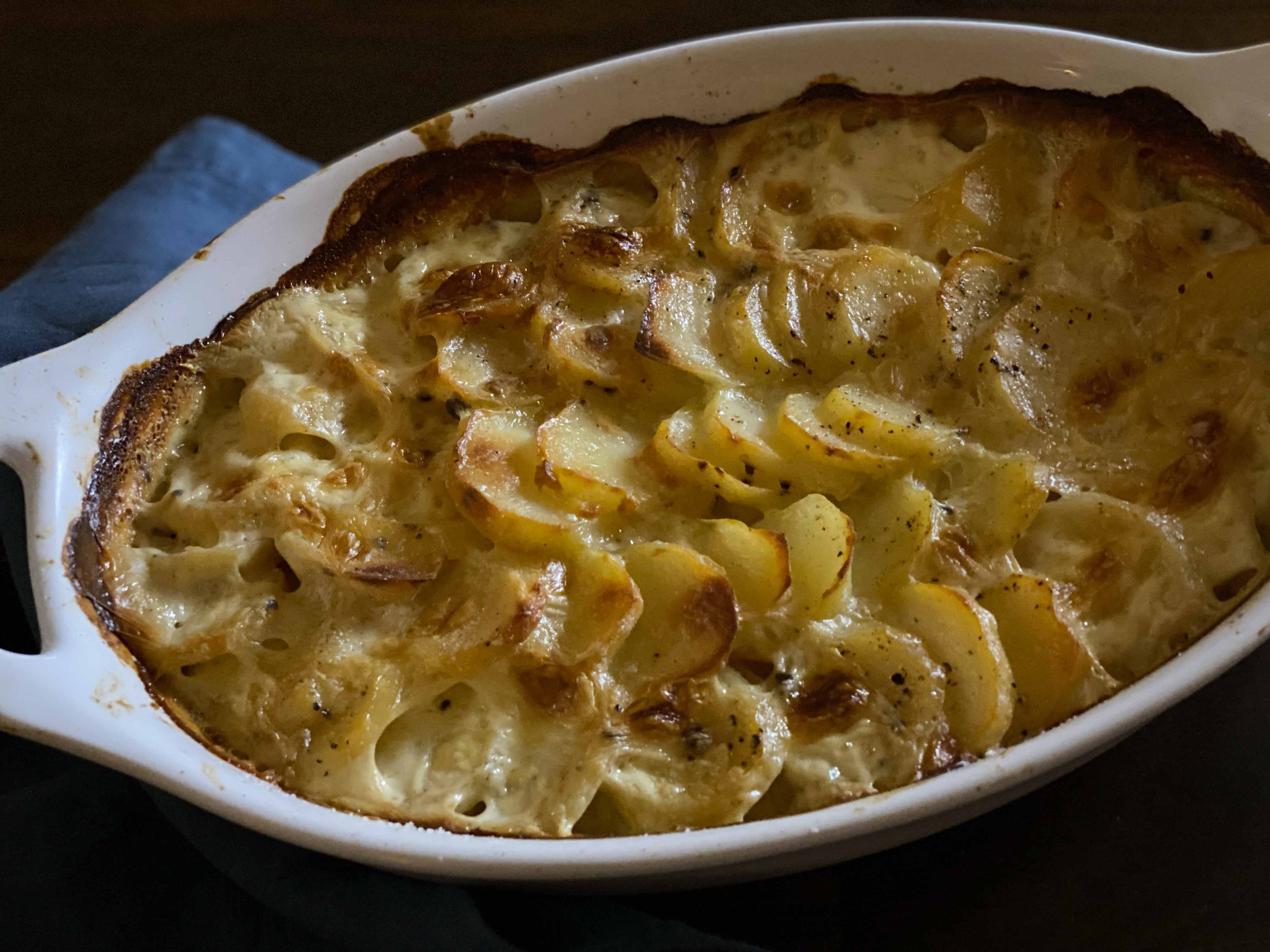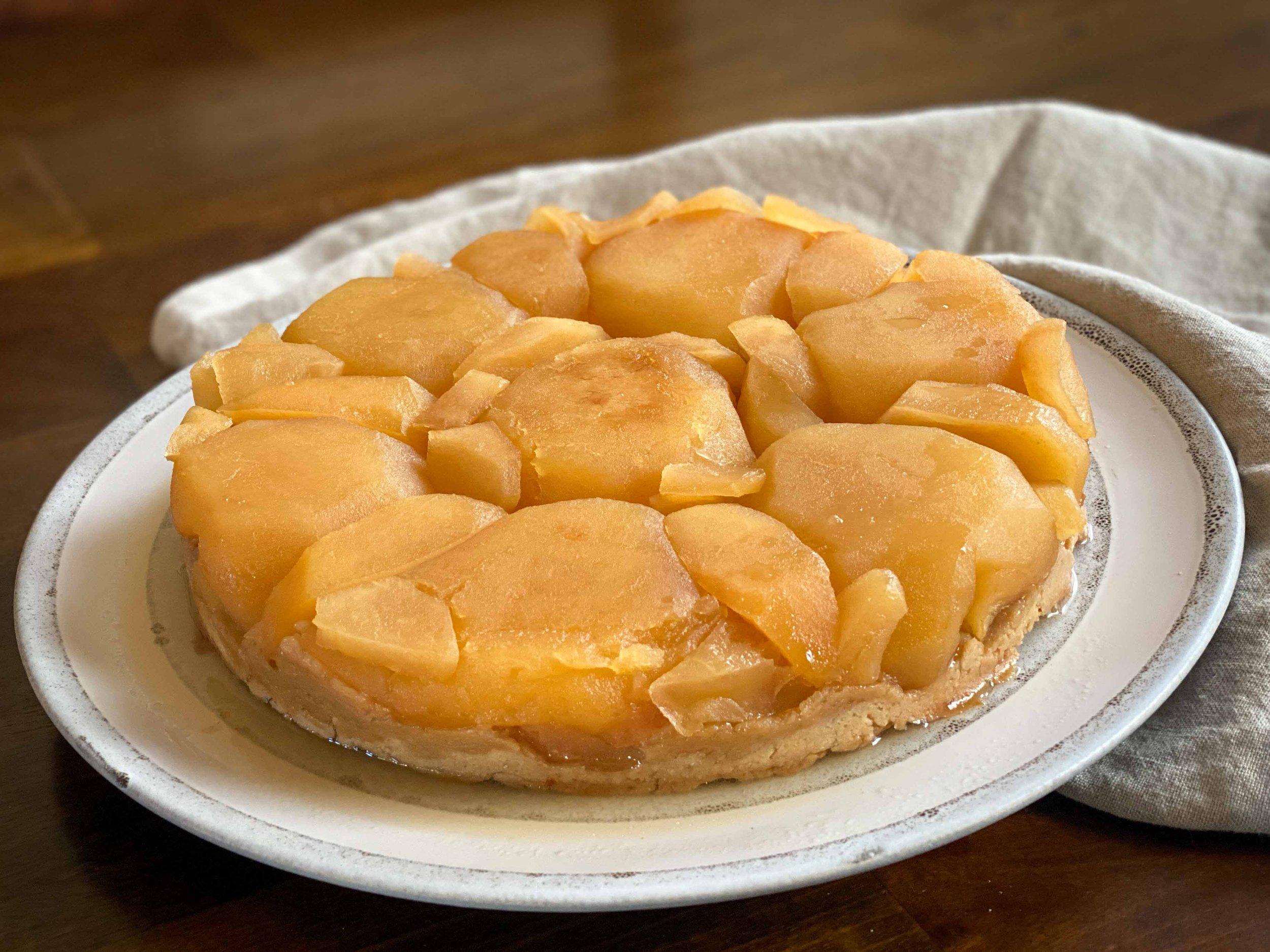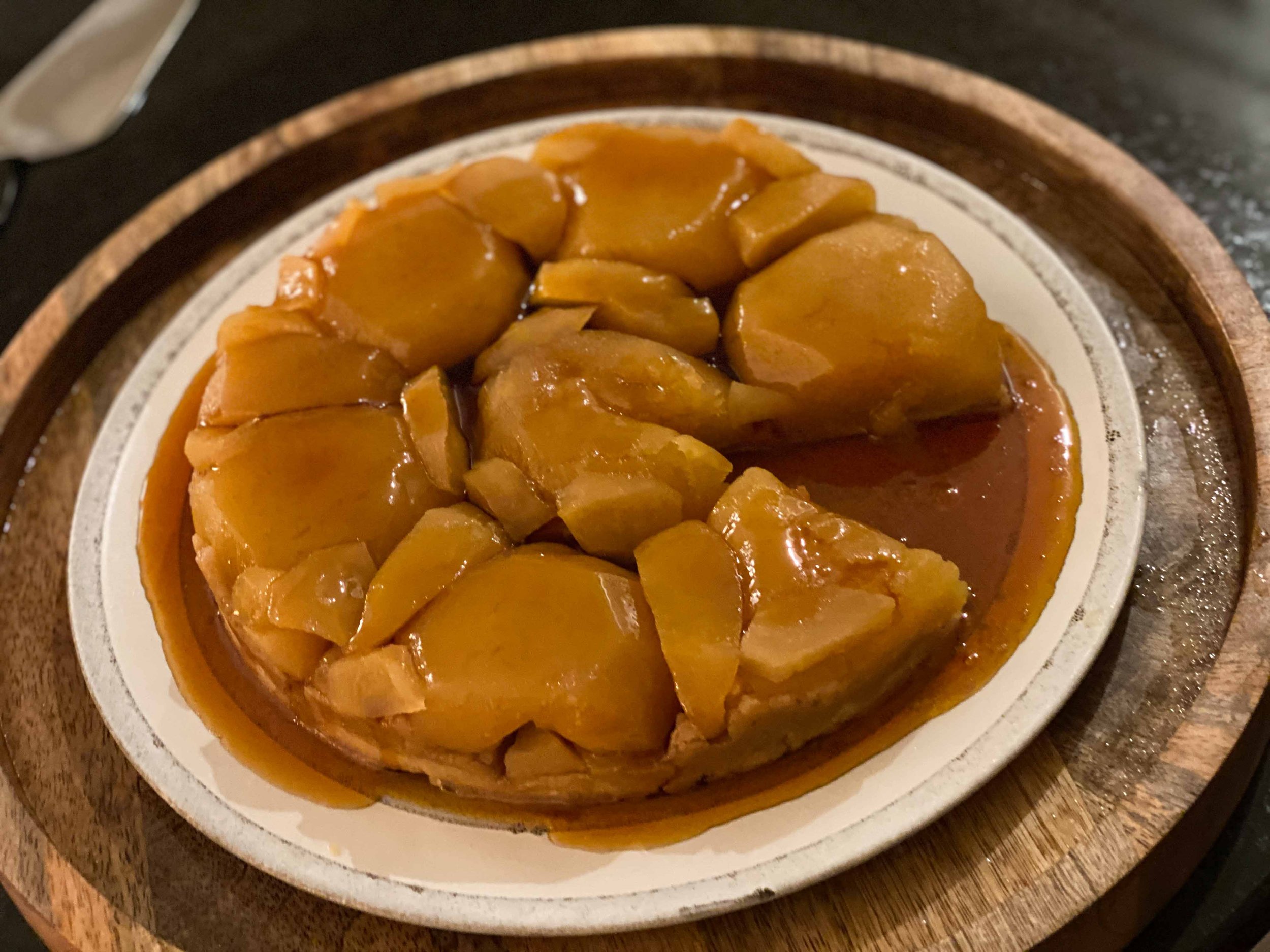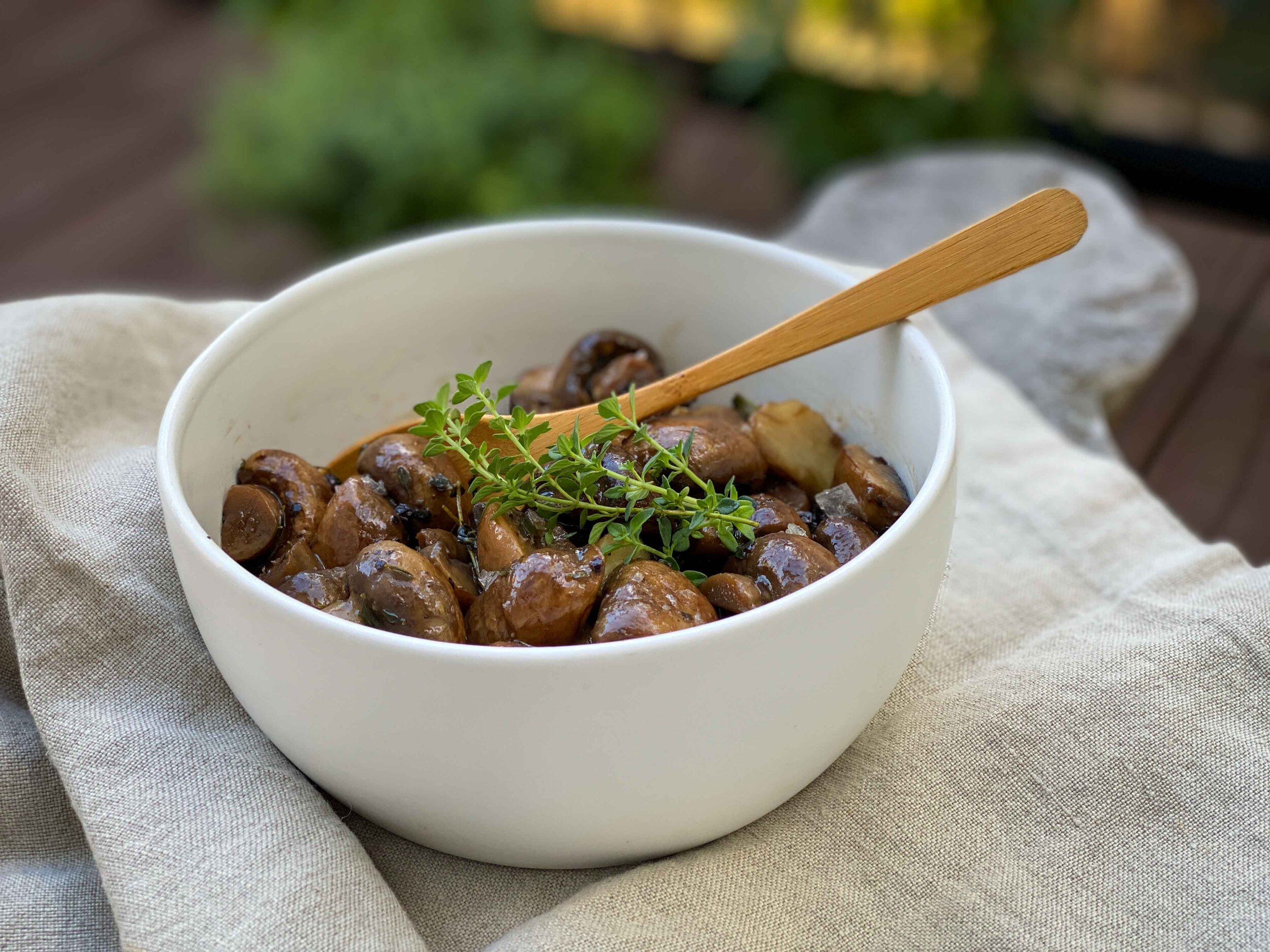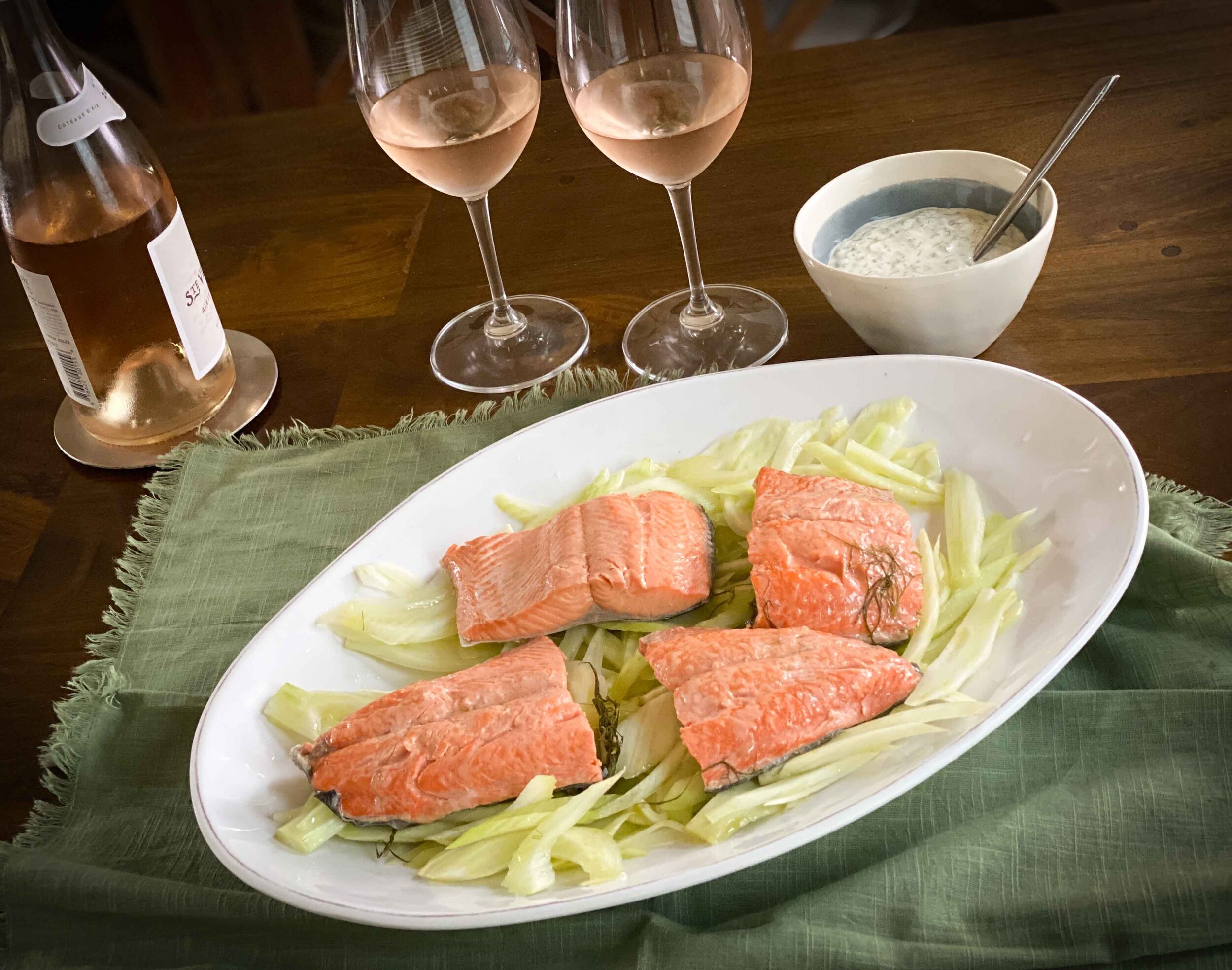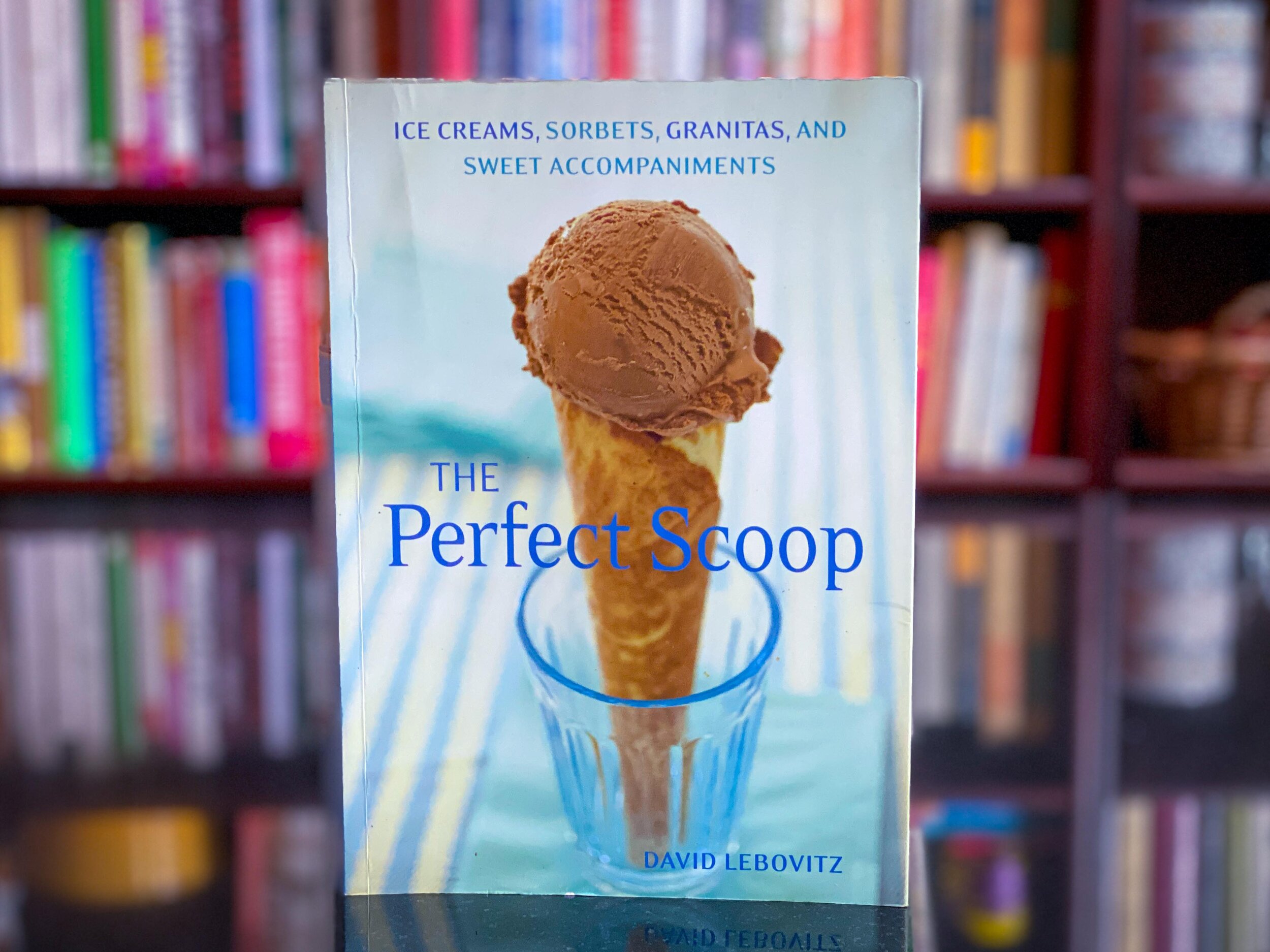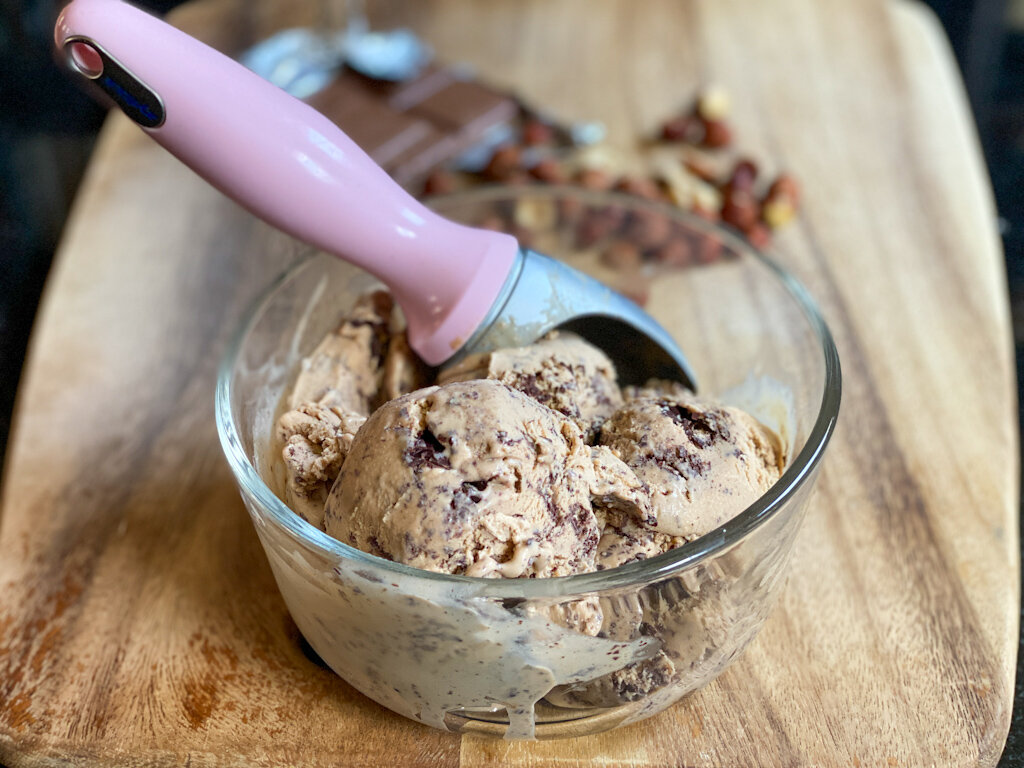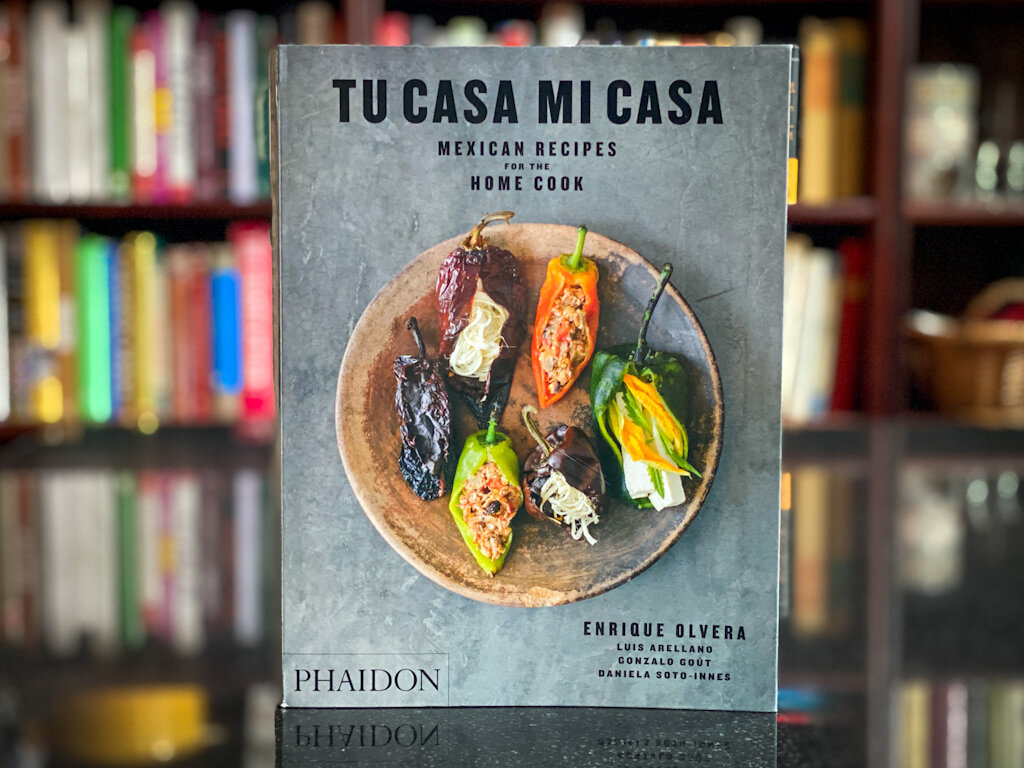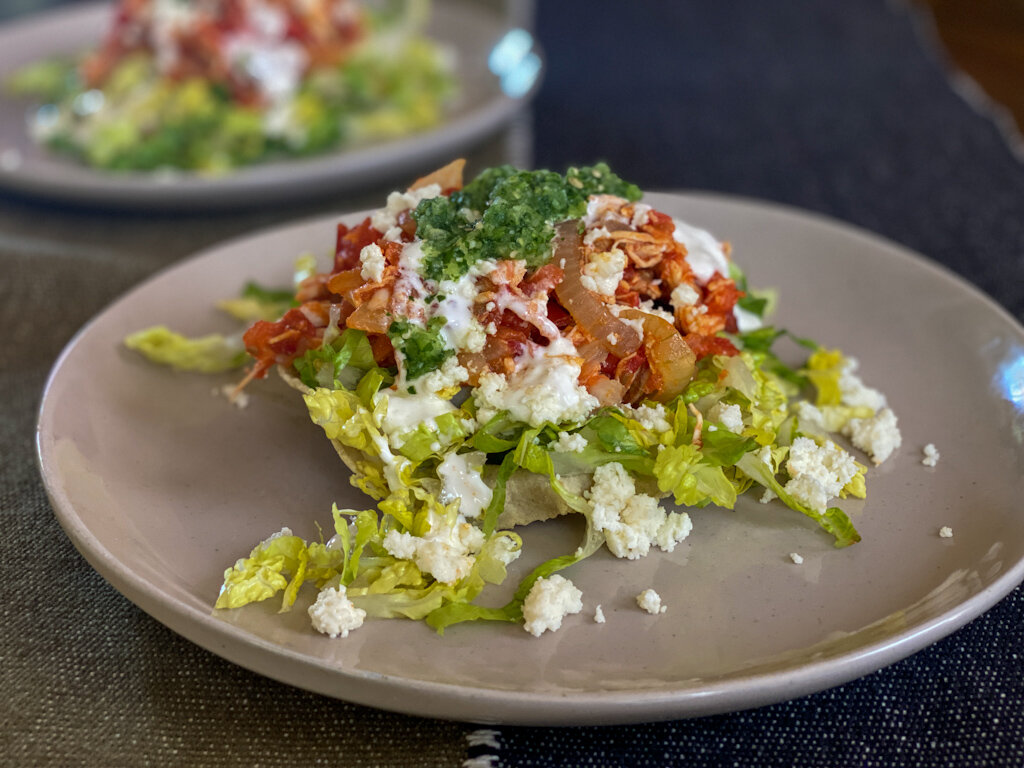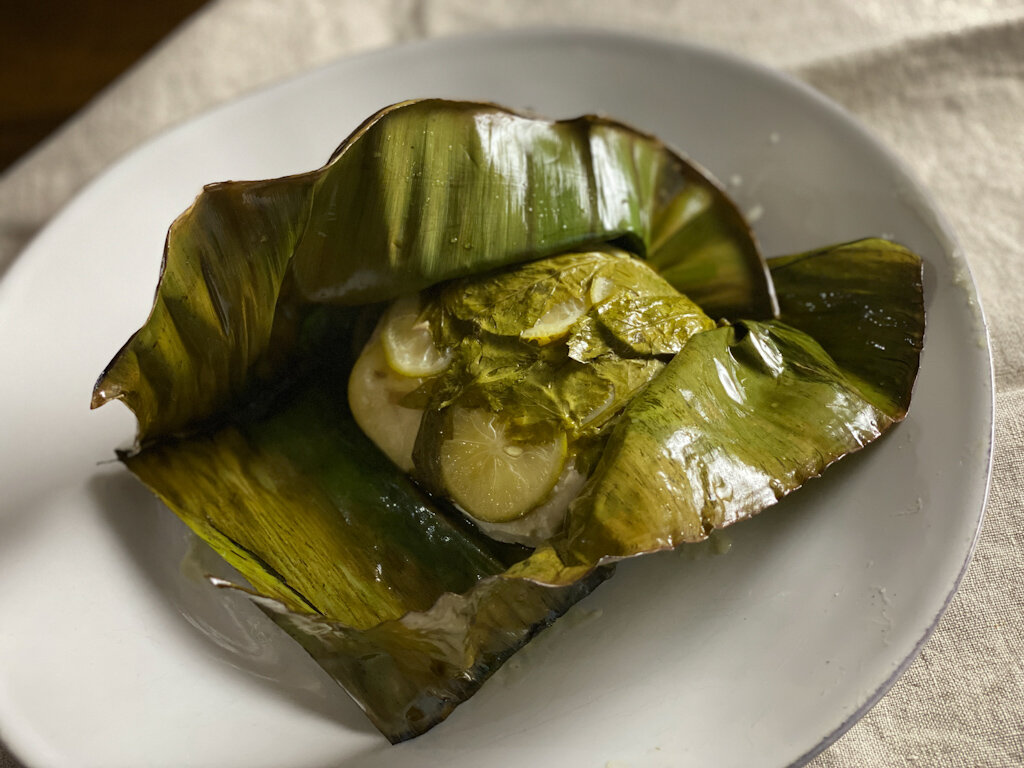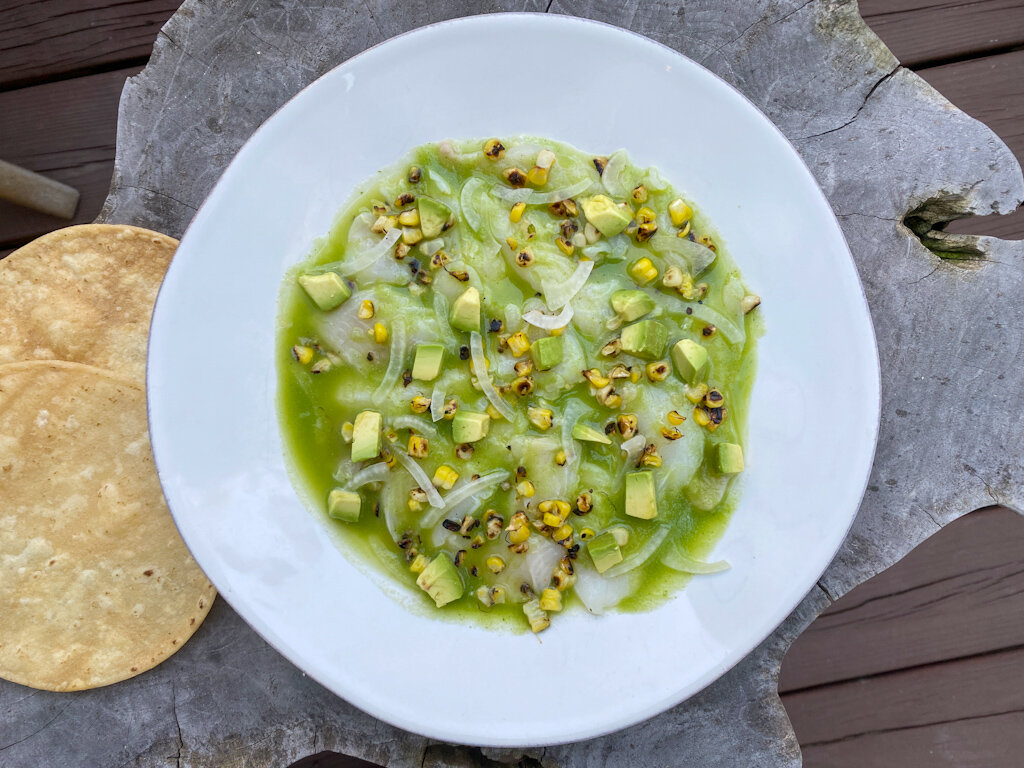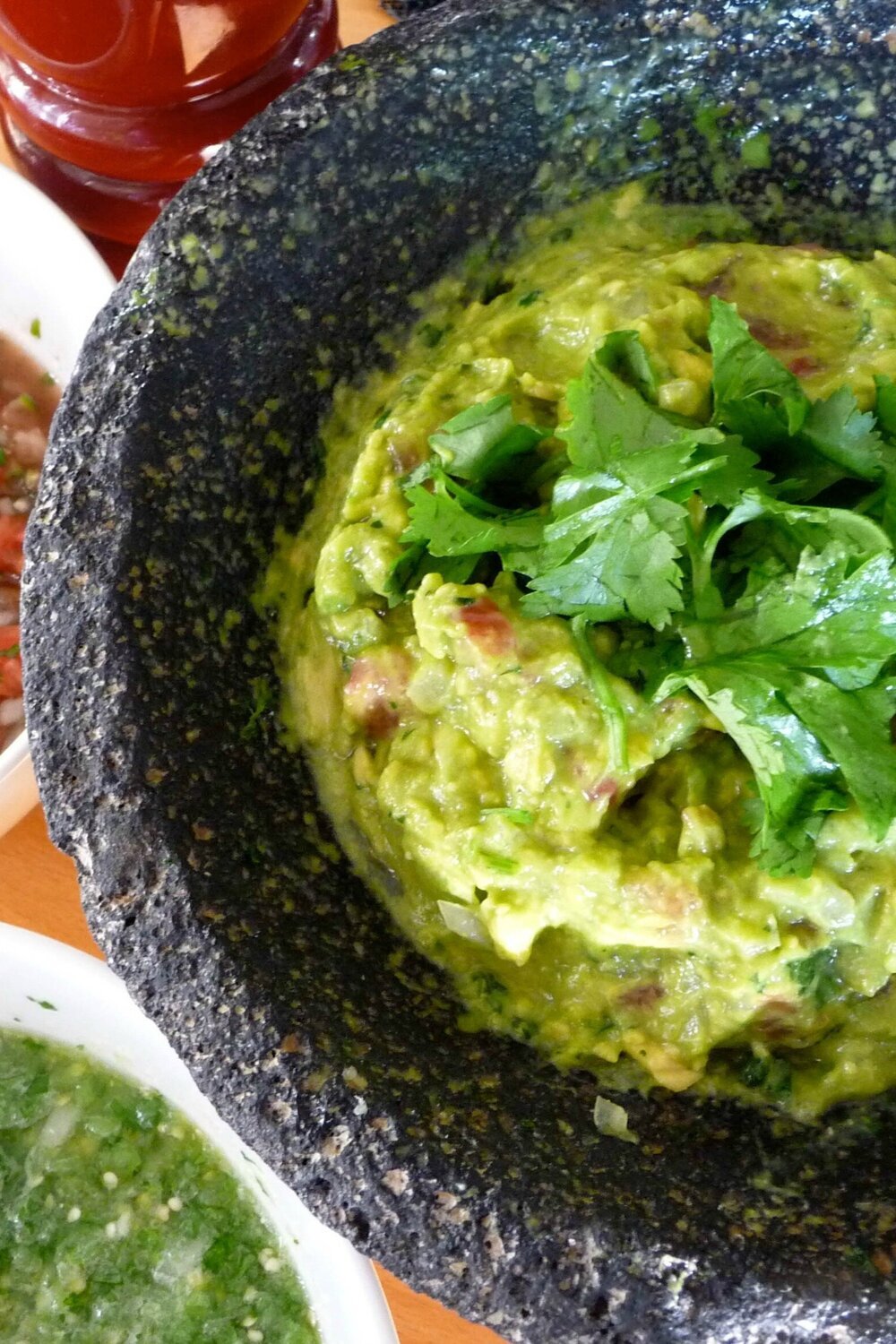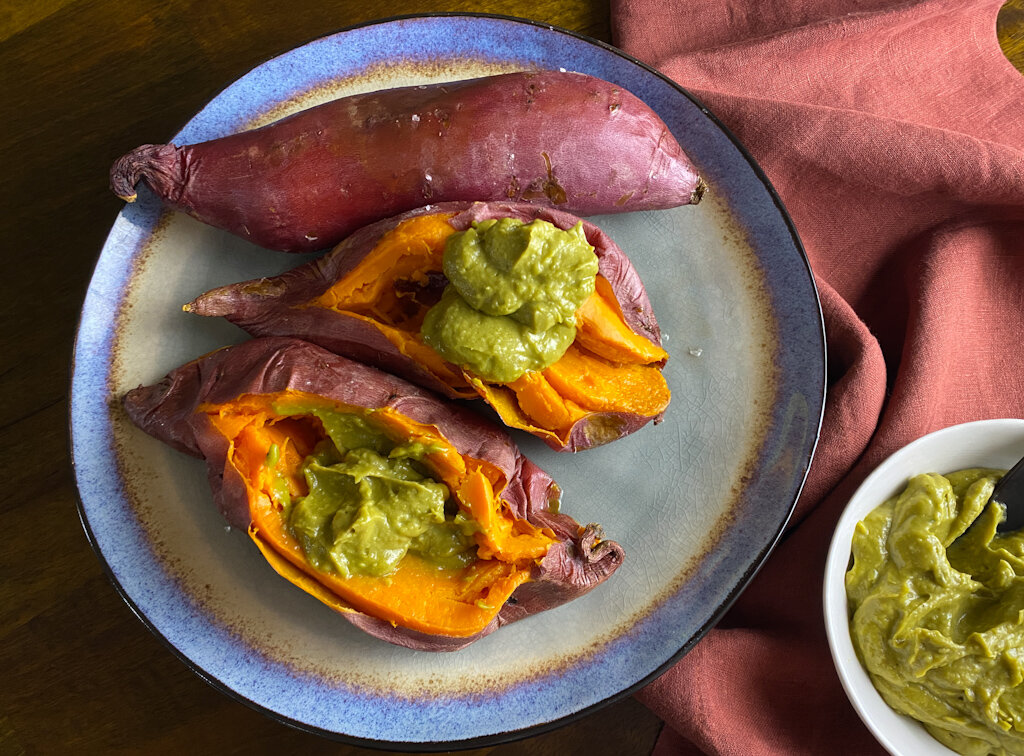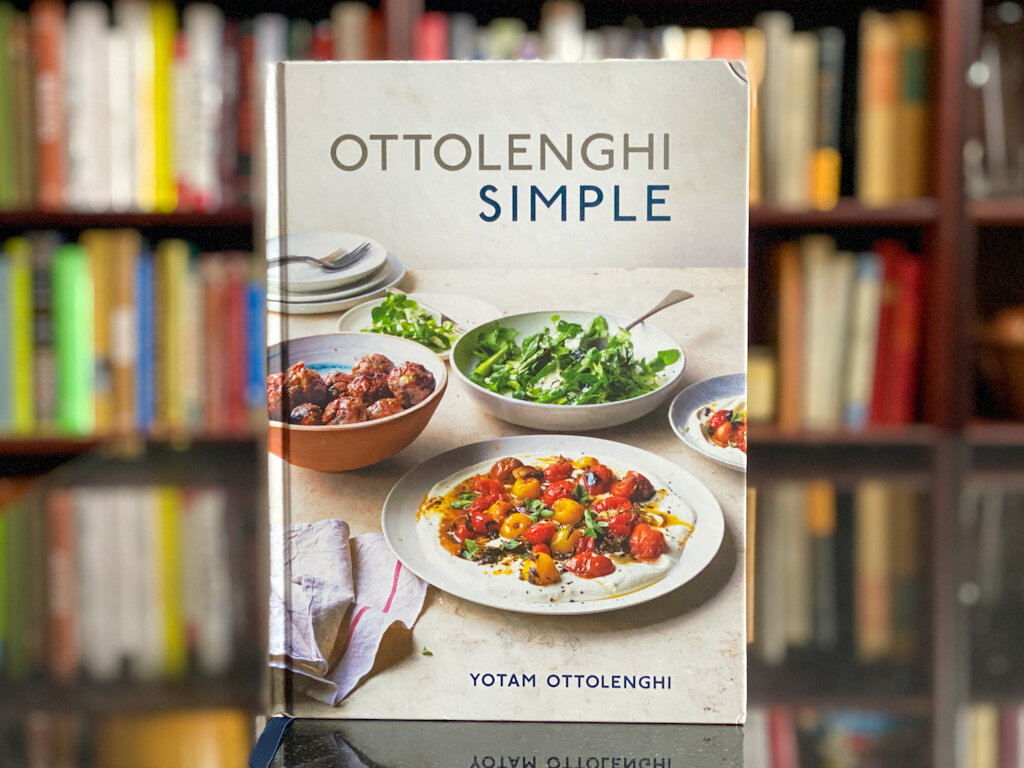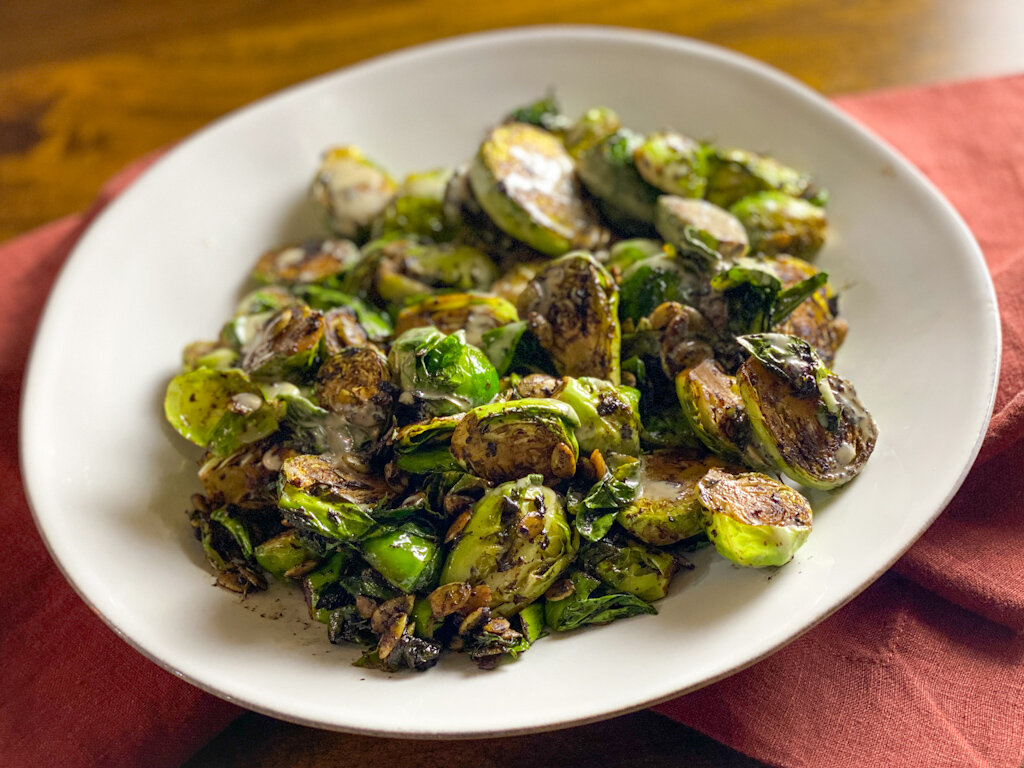By Leslie Brenner
Treasures of the Mexican Table: Classic Recipes, Local Secrets BY PATI JINICH; PHOTOGRAPHS BY ANGIE MOSIER, 2021, HOUGHTON MIFFLIN HARCOURT, $35.
Backgrounder
This is the third book from Pati Jinich (pronounced “HEEN-ich”), host of the long-running, award-winning PBS series ‘Pati’s Mexican Table.” In the show, the Mexico City native travels around the country discovering and bringing to viewers its delicious foodways. (Its 10th season features the state of Jalisco.) Her excellent debut cookbook, Pati’s Mexican Table, published in 2013, focused on the basics of Mexican cooking. Three years later, she published Mexican Today, offering personal favorites aimed at busy cooks with families.
Why we love this one
Like a latter-day Diana Kennedy, Jinich traveled widely and deeply for Treasures of the Mexican Table, turning up outstanding, delicious, sometimes classic and often less well known dishes in people’s homes, in restaurants, in markets and on the street. If you love the anthropological and culinary richness of Kennedy’s classics The Cuisines of Mexico and Mexican Regional Cooking, but wish those volumes included visuals, this is the book for you. The food is enticingly photographed by Angie Mosier, Jinich has a winning personality and her writing is exceedingly relatable, warm and engaging.
Vuelva a la Vida is a coastal dish that’s like a cross between ceviche and a seafood coctél.
The book is indeed filled with treasures; I stuck Post-It notes on no fewer than 25 recipes as must-tries, and loved the ones I cooked.
For Instance, Vuelve a la Vida
If you’ve ever traveled on Mexico’s Pacific or Gulf coasts, you’ve probably bumped into the cool and revivifying seafood dish called Vuelve a la Vida, which means “return to life.” Tangy, bright and lively, it’s like a cross between ceviche — as it includes fish “cooked” in lime juice — and a Mexican-style seafood coctél. If you’re attracted to cocteles but sometimes find them too ketchupy, take Jinich’s Vuelve a la Vida for a spin: It does include a good dose of the red stuff, but it’s balanced with lime juice, smoothed out with olive oil infused with garlic and árbol chile and punched up with oregano.
Different versions of the dish use varying types of seafood. Jinich’s recipe calls for shrimp, lump crabmeat and firm-fleshed white fish (I used red snapper from the Gulf), but her “Cook’s Note” suggests playing around with the fin fish, and subbing cooked squid or octopus, raw oysters, clams or scallops. Thinking about the dish now is making me crave it; I can’t wait to try it again with some squid and maybe oysters in the mix.
Belly-Button Soup
Jinich learned to make Sopa de Ombligo, a pinto-bean and masa dumpling soup, from Maria Elena Machado in the tiny Sinaloa mountain town of Jinetes de Machado. Ombligo means belly-button; the word attaches itself to the soup because its dumplings each have a navel-like dimple pressed into it. It’s warming, rich and wonderful — and those dumplings are a great way to feature masa harina made from heirloom corn.
For the puréed base, you can either start with dried pintos or use canned beans. Both ways yielded great results, so don’t beat yourself up if you want to take the shortcut.
A sumptuous mole called Atápakua de Pollo con Hongos
From the indigenous Purépecha people of Michoacán, Atápakua de Pollo con Hongos has a similar color palette as Sopa de Ombligo, but completely different flavors. Not familiar with atápakua? Larousse Cocina Mexico defines it as a dish with a “very spicy sauce made with masa and guajillos or green chiles, tomato, cilantro or mint and some type of meat or vegetable” (my translation). Jinich includes both cilantro and mint, and uses charred tomatillos — which give the dish a delightful, unexpected brightness. She translates it as “Chicken Mole with Mushrooms,” and provides an excellent side-bar page about what makes a mole a mole — it’s a preparation with a mashed or ground sauce combining a number of ingredients including at least one type of chile, and characterized by “multidimensional layering of flavors.”
For this one, masa harina is stirred in, adding sumptuous body. (Naturally I used the marvelous heirloom masa harina from Masienda.) It’s very saucy, so take Jinich’s suggestion of serving it with warm corn tortillas and rice.
You’ve gotta try this
Jinich’s Pastel de Almendra y Chocolate — a flourless (and gluten-free) chocolate almond cake — may be the easiest chocolate cake in the universe. Mix eggs and condensed sweetened milk, add melted butter and chocolate, dump in dry ingredients, mix again and bake. The resulting dessert is moist, chocolatey, rich and delicious, so good I’m going to be sure to have chocolate and almond meal always on hand so I can whip one up at will.
Jinich’s original recipe calls for combining everything in the jar of blender or in the bowl of a food processor, but neither my blender nor my full-sized Cuisinart were large enough to accommodate the batter. (A large blender jar, such as that of a Vitamix, probably would be.) For that reason, I changed the method; our adaptation uses a hand-mixer instead. Which brings me to . . .
A caveat
Treasures would have benefited from more rigorous recipe testing and editing. Because the recipes are sometimes hinky or not as clear as they might be, the book is probably better suited to more experienced and confident cooks who can adjust on the fly. Eyeballing the Vuelve a la Vida recipe, I could see that three pounds of seafood might be a lot for a dish that’s meant to serve 6 to 8 as an appetizer or 4 to 6 as a light main course. I halved the ingredient amounts to test the recipe, and found the adjustment to be perfect — the recipe as printed yielded twice as much as needed. (Our adapted version uses 1 1/2 pounds of seafood total, which is ample for 6 to 8 appetizer portions. Meanwhile, over-purchasing crabmeat isn’t what anyone wants to be doing these days, as the price has skyrocketed.) The first time I made the Sopa de Ombligo, the dumplings completely dissolved into the soup — it turned out the recipe called for too much water added to the masa harina (our adapted recipe adjusts it).
Still wanna make
Sopa de Esquites con Queso (Corn Soup with Quest Fresco); Cecina (Adobo Pork); Tasajo (grilled air-dried beef); and Mole Verde con Puerco y Frijol Blanco from Oaxaca; Chicken Pozole with Pinto Beans and Carne Asada from Sonora; Sincronizadas con Rajas y Chorizo from Coahuila; Chiles Rellenos de Atún (pickled poblanos stuffed with tuna) and lamb barbacoa from central Mexico; Frijol con Puerco Yucateca and Pámpano en Salsa Verde from the Yucatán; Birria (braised goat or lamb) from Jalisco. And a dessert I won’t be able to resist making for long: Helado de Leche Quemada — Burnt Milk Ice Cream, also from Oaxaca, from the weaving village Teotitlán del Valle.
Editing and testing concerns notwithstanding, this is a book I highly recommend: Bursting with delectable inspiration, it beautifully expresses the incredible richness of a Mexican cooking. It’s one I’m sure I’ll be referring to for years to come.
If you enjoyed this story, you might like:
Sign up for free Cooks Without Borders recipes delivered to your in-box!






